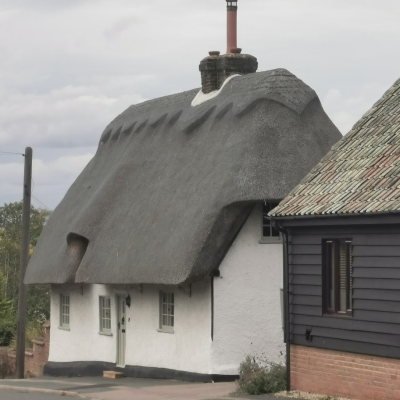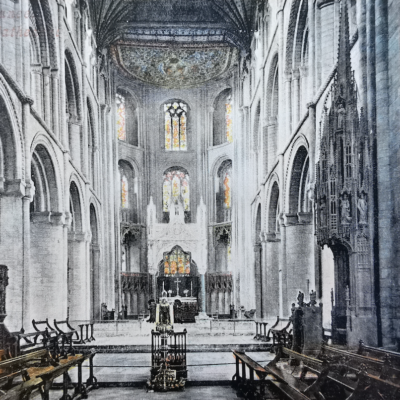Search by topic
- archaeology
- architecture
- bricklayer
- Building of Local Interest
- carpenter
- church
- crime
- dressmaker
- fire
- Great Eastern Railway
- listed building
- medieval
- oral history
- Public House
- Rattee & Kett
- Religious House
- Roman
- scholar
- school
- Then and Now
- tudor
- women
- work
- world war one
- world war two
Search by text
Causewayed enclosure, Great Wilbraham
History of causewayed enclosure
Scheduled Monument
Between 50 and 70 causewayed enclosures are recorded nationally, mainly in southern and eastern England. They were constructed over a period of some 500 years during the middle part of the Neolithic period (c.3000-2400 BC) but also continued in use into later periods. They vary considerably in size (from 2 to 70 acres) and were apparently used for a variety of functions, including settlement, defence, and ceremonial and funerary purposes. … The monument includes a causewayed enclosure, defined by a double circuit of ditches. It is located on a low-lying knoll of chalk marl surrounded by peat, situated to the south of the Little Wilbraham River. Low ploughed-down earthworks mark the location of the monument but the enclosure is most clearly observed from the air and is recorded on aerial photographs
Contribute
Do you have any information about the people or places in this article? If so, then please let us know using the Contact page or by emailing capturingcambridge@
License
This work is licensed under CC BY-NC-SA 4.0










